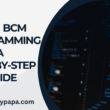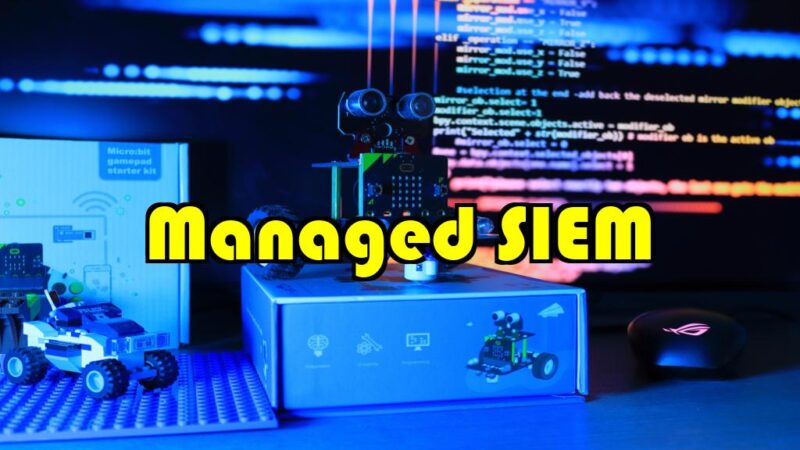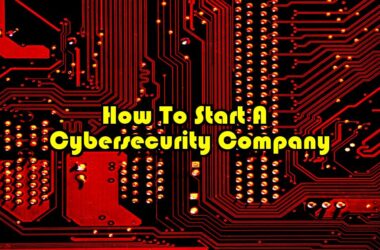Managed SIEM refers to the practice of outsourcing the management of a Security Information and Event Management (SIEM) system to a third-party service provider. This approach allows organizations to benefit from the expertise and resources of the service provider in implementing, monitoring, and maintaining their SIEM solution.
Understanding the Essence of Managed SIEM
Managed SIEM, short for Security Information and Event Management, is a sophisticated approach to cybersecurity that integrates real-time analysis of security alerts generated throughout an organization’s IT infrastructure. It provides a holistic view of an organization’s information security, enabling quick detection, analysis, and response to potential security incidents.
Key Components of Managed SIEM
- Log Management: Centralizing and analyzing log data from various sources to identify patterns and anomalies.
- Security Information Management (SIM): Collecting, correlating, and reporting on log data to provide a comprehensive view of security events.
- Security Event Management (SEM): Real-time monitoring and correlation of security events to enable proactive threat response.
- Incident Response: Implementing strategies and procedures to manage and mitigate security incidents effectively.
The Advantages of Managed SIEM
1. Proactive Threat Detection
Managed SIEM transforms cybersecurity from a reactive to a proactive stance. By continuously monitoring and analyzing data, it can identify potential threats in real time, allowing organizations to respond swiftly and prevent breaches.
2. Enhanced Incident Response
In the event of a security incident, a well-managed SIEM solution facilitates a coordinated and efficient response. It provides detailed insights into the nature and scope of the incident, enabling cybersecurity teams to contain and eradicate threats effectively.
3. Regulatory Compliance
For organizations navigating a complex web of regulatory requirements, a robust managed SIEM solution becomes indispensable. It aids in compliance by ensuring comprehensive monitoring, auditing, and reporting on security events.
Implementing Managed SIEM: Best Practices
1. Customization for Business Needs
A one-size-fits-all approach does not work in cybersecurity. Successful implementation involves tailoring the managed SIEM solution to the specific needs and risk profile of the organization.
2. Continuous Monitoring and Updates
Cyber threats evolve rapidly, and a weak defense is an open invitation for attackers. Regularly updating and fine-tuning the SIEM system is critical to maintaining its efficacy.
3. Integration with Other Security Measures
Managed SIEM should not operate in isolation. Integrating it with other security measures, such as firewalls and endpoint protection, creates a cohesive defense strategy.
Choosing the Right Managed SIEM Provider
Selecting the right provider is pivotal to the success of a managed SIEM implementation. Look for:
- Experience: A provider with a proven track record in cybersecurity.
- Scalability: The ability to scale the solution as your business grows.
- 24/7 Monitoring: Continuous vigilance against emerging threats.
- Customization Options: Tailoring the solution to your organization’s unique needs.
Conclusion
Here are key points to consider about Managed SIEM:
- Enhanced Security Monitoring:
-
-
- Leverage 24/7 monitoring by cybersecurity experts.
- Swift detection and response to security incidents.
-
- Expertise and Resources:
-
-
- Access to a team of skilled security professionals.
- Utilize advanced tools and technologies without in-house management overhead.
-
- Proactive Threat Detection:
-
-
- Continuous analysis of security events for early threat detection.
- Timely response to minimize potential impact.
-
- Regular System Updates:
-
-
- Ensure the SIEM system is up-to-date with the latest security patches.
- Regularly fine-tune rules and configurations for optimal performance.
-
- Scalability and Flexibility:
-
-
- Easily scale the SIEM solution based on evolving business needs.
- Adapt to changes in the threat landscape with flexible solutions.
-
- Compliance Assistance:
-
-
- Aid in meeting industry-specific compliance requirements.
- Generate reports for audits and compliance purposes.
-
- Cost-Efficiency:
-
-
- Eliminate the need for extensive in-house SIEM expertise.
- Pay for services on a subscription or usage-based model.
-
- Incident Response Planning:
-
-
- Develop and implement incident response plans.
- Coordinate with internal teams for effective incident resolution.
-
- User Training and Awareness:
-
-
- Provide training sessions for staff on security best practices.
- Enhance awareness to prevent security breaches.
-
- Customization and Integration:
-
- Tailor the SIEM solution to specific organizational needs.
- Integrate with other security tools for a comprehensive defense strategy.
In summary, opting for Managed SIEM can significantly enhance an organization’s cybersecurity posture by ensuring robust monitoring, expert management, and proactive response to potential threats.









